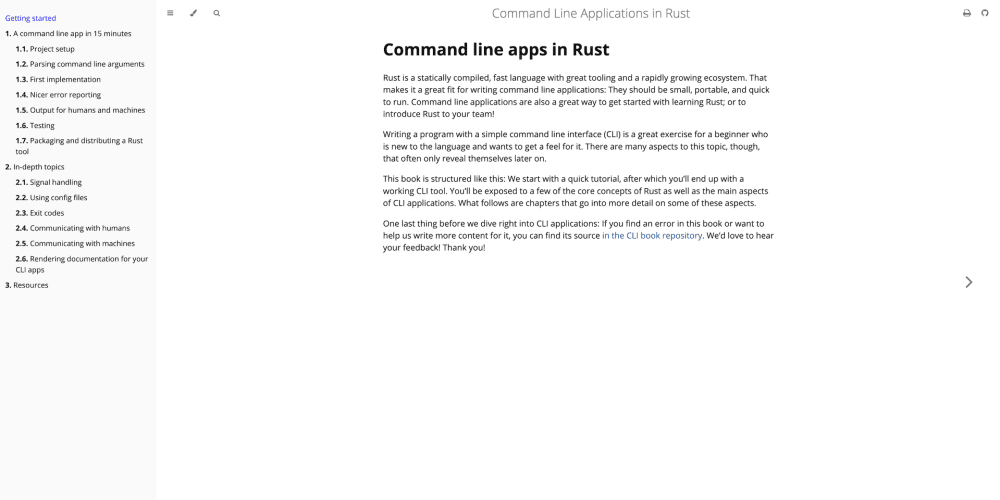In the ever-evolving landscape of web development, React has emerged as a cornerstone technology for building dynamic and interactive user interfaces. Developed by Facebook, React has redefined how we approach front-end development with its innovative component-based architecture and efficient rendering capabilities. In this blog, we will delve into the essentials of React, providing a comprehensive overview of the core concepts and best practices that every developer should understand.
The Essence of React: Components
At the heart of React lies the concept of components. Components are the building blocks of a React application. They are self-contained units of code that manage their own state and render UI elements. React promotes a modular approach to development, allowing developers to create reusable components that can be combined to construct complex user interfaces.
Components can be broadly categorized into two types: functional and class components. Functional components are simpler and often used for presenting static content. They are defined as JavaScript functions that accept props (short for properties) and return a React element, which describes what the UI should look like. Class components, on the other hand, are more powerful and can manage local state and lifecycle events. They are defined using ES6 classes and extend from React.Component.
JSX: The Syntax of React
JSX, or JavaScript XML, is a syntax extension that allows developers to write HTML-like code within JavaScript. It makes it easier to visualize the structure of the UI and embed JavaScript expressions within the markup. JSX provides a more intuitive way to create and manipulate React elements compared to traditional JavaScript methods. While JSX closely resembles HTML, it is ultimately transpiled into JavaScript code that React can understand.
Props and State: Managing Data
In React, data flows through components using two main mechanisms: props and state. Props are immutable and passed from parent components to child components, allowing data to be shared across the component tree. They enable the creation of dynamic and interactive interfaces by passing data and callbacks between components.
State, on the other hand, is mutable and managed within a component. It allows a component to keep track of changes over time and re-render itself when the state is updated. State management is crucial for creating interactive UIs where the content changes in response to user actions or other events.
Event Handling: Making UIs Interactive
React provides a synthetic event system that wraps the browser's native events, ensuring consistent behavior across different browsers. Event handlers are used to respond to user interactions such as clicks, keystrokes, and form submissions. In React, event handlers are defined as functions and are attached to elements using props. This approach enables developers to build responsive and interactive interfaces that react to user input in real time.
Lifecycle Methods and Hooks
Lifecycle methods are a set of predefined methods in class components that allow developers to hook into different stages of a component's lifecycle. These stages include mounting, updating, and unmounting. Lifecycle methods provide opportunities to perform actions such as fetching data, setting up subscriptions, or cleaning up resources.
With the introduction of Hooks in React 16.8, functional components gained the ability to use state and other features previously available only in class components. Hooks, such as useState and useEffect, offer a more concise and readable way to manage state and handle side effects in functional components. useEffect, in particular, enables developers to perform actions similar to lifecycle methods, such as fetching data or subscribing to events.
Routing: Navigating Between Views
React Router is a popular library that enables navigation within a React application. It provides a way to define routes and handle client-side navigation, allowing users to move between different views or pages without triggering a full-page reload. React Router supports various routing techniques, including nested routes, parameterized routes, and dynamic routing, making it a powerful tool for building single-page applications.
State Management: Handling Complex Data
As applications grow in complexity, managing state becomes increasingly challenging. React provides built-in state management through its useState Hook, but for more complex scenarios, external state management libraries such as Redux or Context API are often used. Redux offers a centralized store for managing application state, while Context API provides a way to pass data through the component tree without prop drilling. Both approaches help manage global state and ensure a consistent data flow across the application.
Performance Optimization: Enhancing Efficiency
React provides several techniques for optimizing performance and improving the efficiency of applications. Memoization techniques, such as React.memo and PureComponent, prevent unnecessary re-renders by comparing previous and current props. Lazy loading, achieved through React.lazy and Suspense, allows for dynamic importing of components, reducing the initial load time of the application. Additionally, Hooks like useCallback and useMemo help optimize performance by memoizing functions and values, reducing the need for expensive computations and re-renders.
Error Boundaries: Handling Errors Gracefully
Error boundaries are a feature in React that allows developers to catch JavaScript errors anywhere in the component tree and provide a fallback UI instead of crashing the entire application. Error boundaries are implemented using class components with lifecycle methods such as componentDidCatch and getDerivedStateFromError. They are essential for improving the resilience of React applications and ensuring a smooth user experience even when errors occur.
Conclusion
React has become an indispensable tool for modern web development, offering a powerful and flexible framework for building user interfaces. By understanding and mastering its core concepts—components, JSX, props, state, event handling, lifecycle methods, Hooks, routing, state management, performance optimization, and error boundaries—developers can create robust, scalable, and high-performance applications.
Whether you are a seasoned developer or just starting with React, grasping these essentials will provide a strong foundation for leveraging React's capabilities and building innovative web applications. As you continue to explore and experiment with React, you'll uncover even more advanced features and best practices that will enhance your development skills and elevate your projects to new heights.



















